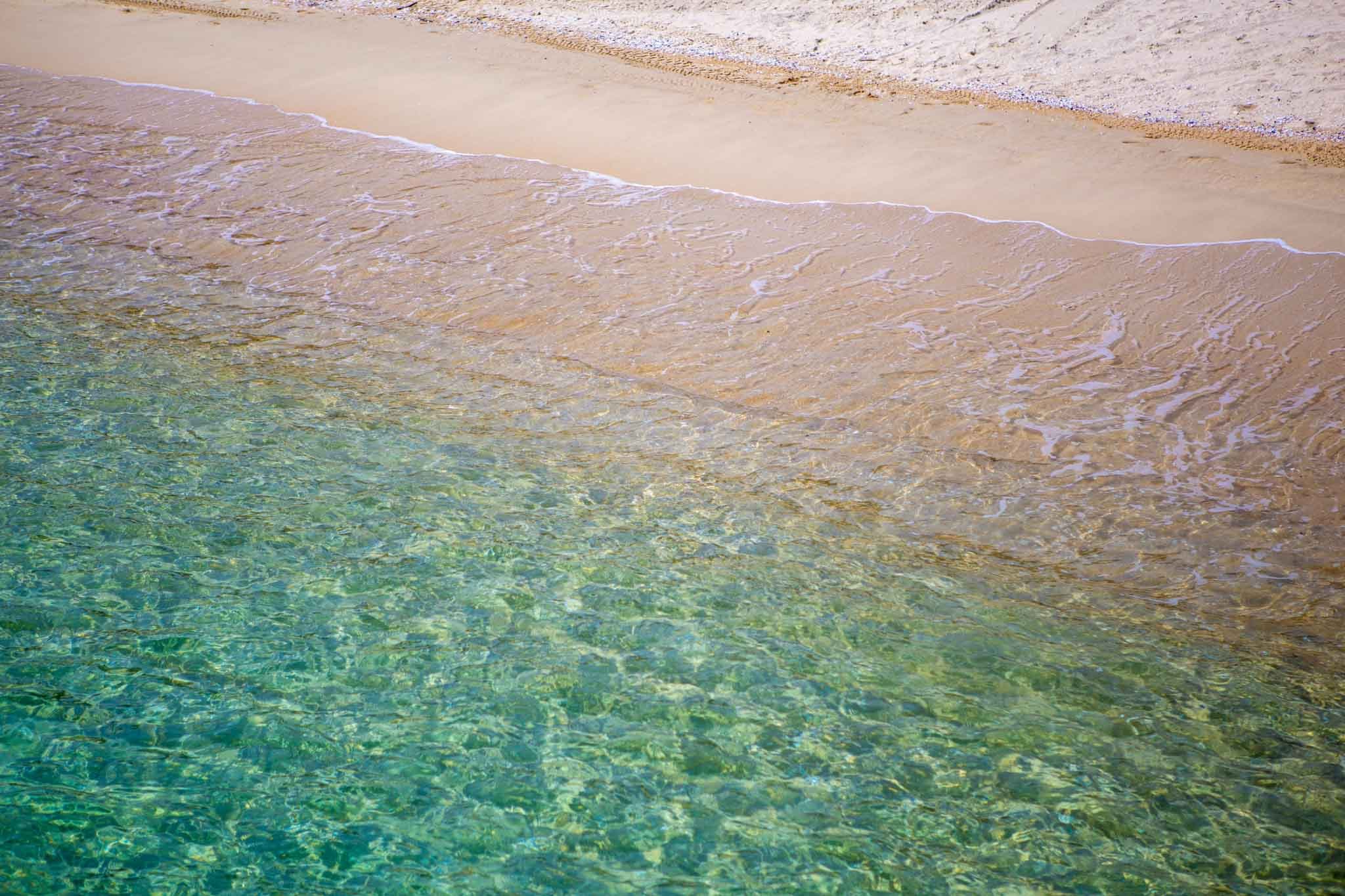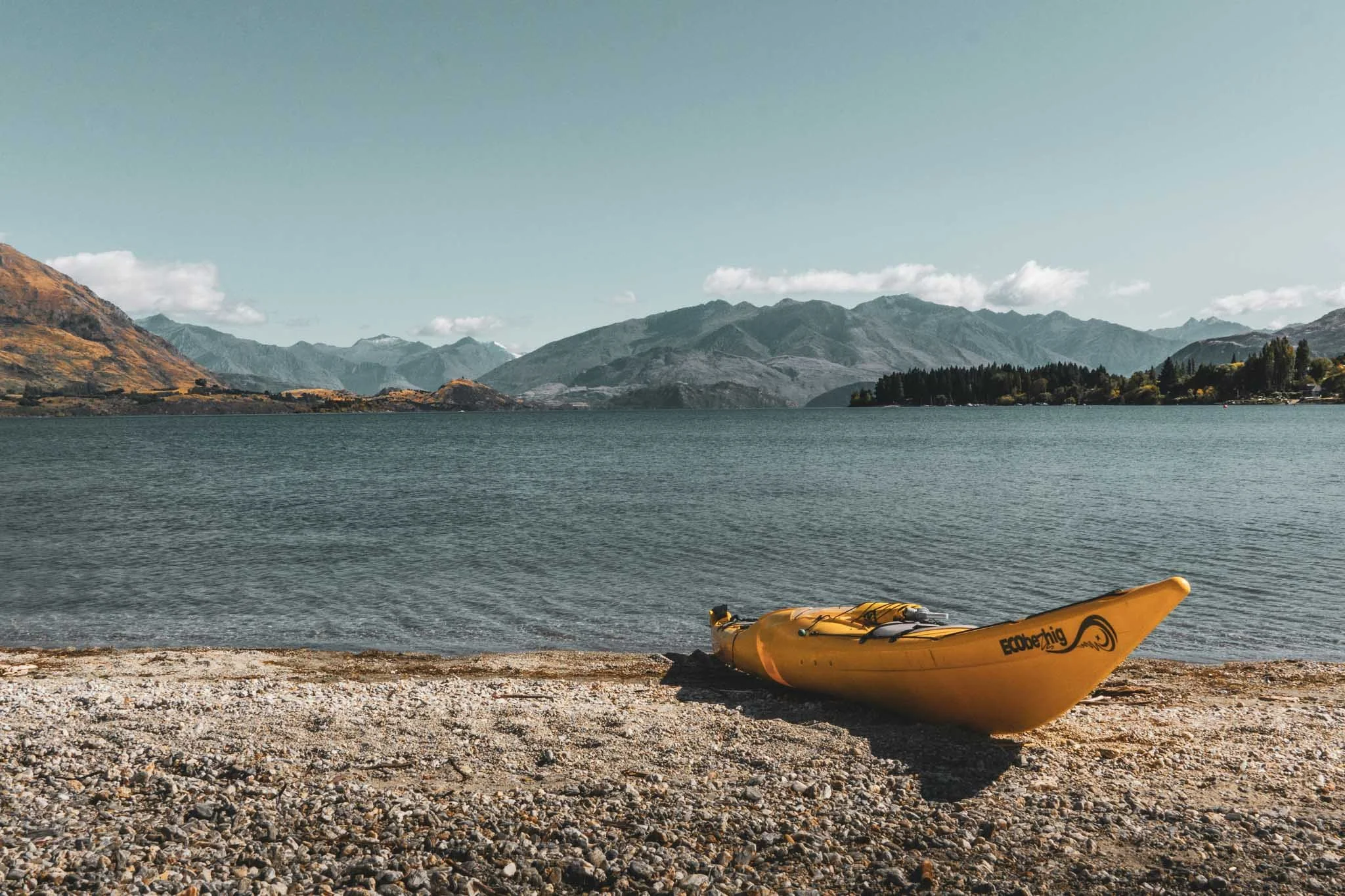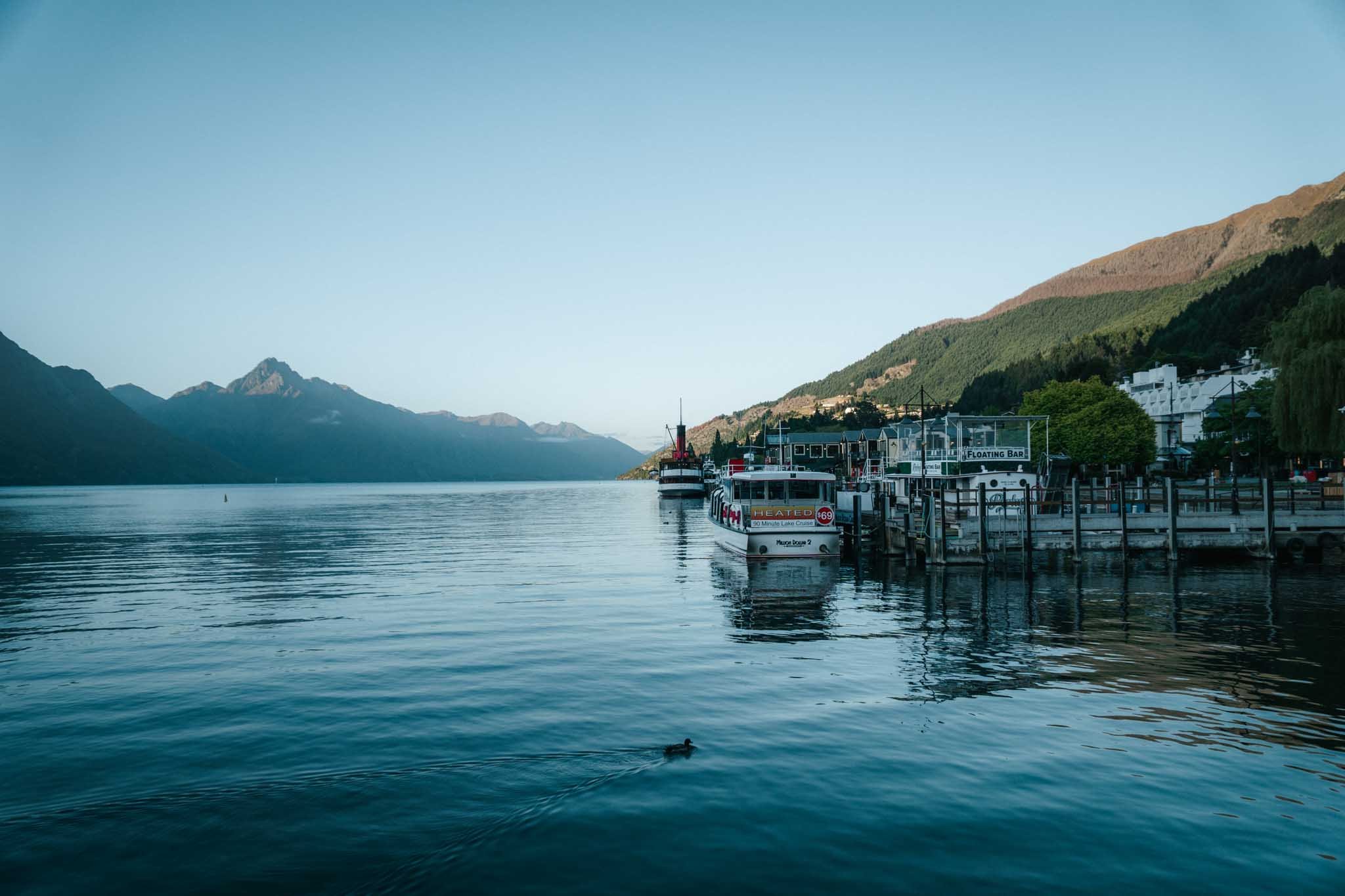NEW ZEALAND TRAVEL GUIDE
TIPS AND ADVICE
On travelling New Zealand, from a New Zealand travel writer.
I’m here to help you discover the most beautiful places and best adventures in New Zealand. My ethos is one of less is more; sustainable where possible; and adventurous, always.
In my (extremely biased) opinion, New Zealand is the best country in the world. I might be wrong, of course, but that won’t stop me from trying to convince you to feel the same way.
Why let me guide you?
I’ve hiked nearly every Great Walk, spent three months living out of my van in the South Island, and driven up and down the country.
In this New Zealand travel guide, I’ll help you plan your visit to our beautiful country, sharing my recommendations and best New Zealand travel tips.
If you would like personalised help, check out my itinerary planning service.
NORTH ISLAND
DISCOVER TE IKA-A-MĀUI
Home to spectacular forests of ferns and kauri trees, and quiet beaches with white sand and gentle surf.
Most international flights land in Auckland, New Zealand’s largest city.
From Auckland, you can road trip to North Island highlights like Hobbiton, Rotorua, or Tongariro National Park.
Or, head to Northland, a luscious region of sun kissed coastlines.
The east coast of the North Island is generally better for swimming, with safer beaches and less surf. But the West Coast is where you will find black sand and rugged beauty.
If you want to get off the beaten track, head to Taranaki.
I love driving the wild surf highway, looking for black sand beaches which are painted red at sunset, and views of Mount Taranaki in the distance.
Another favourite region is the wild Wairarapa, near Wellington, where you’ll find lonely lighthouses and windswept coast.
DON’T LET ANYONE TRY TO CONVINCE YOU THE NORTH ISLAND ISN’T WORTH VISITING

DISCOVER TE WAIPOUNAMU
SOUTH ISLAND
From the golden bays of Abel Tasman National Park in the north of the island, to the wilds of Fiordland bordering the Tasman Sea in the south, the South Island of New Zealand is nothing short of spectacular.
SEE ALL THE BEST THINGS TO DO →
Christchurch and Queenstown are the main entry and exit points to the South Island — most road trips link these cities in some way.
The hardest part of visiting the South Island is narrowing down the list of places you want to go.
Every corner of the South Island has something different to offer (golden beaches in the north, marine wildlife in the east, rainforest and glaciers in the west, and alpine scenery in the south).
And it’s a big island — it can take several days to drive from the top to the bottom, and that’s if you’re rushing.
My best advice is to choose only a couple of regions (unless you have the luxury of a month or more) and focus on those. Don’t worry, when everywhere is this beautiful, you can’t go wrong.
Otago and Mackenzie Country, with the beauty of Aoraki/Mackenzie National Park and the Queenstown Lakes area are highlights.
My favourite region in the South Island is the West Coast, the wettest and least populated area. It has deserted beaches, rainforests, and glaciers.
A close second would be the top of the South Island, from Golden Bay to the Marlborough Sounds.
Both regions are a little less visited than around Queenstown and Wanaka — both are perfect for hiking and campervan trips.
THE BEST PARTS OF THE SOUTH ISLAND ARE OUTSIDE THE TOWNS.

New Zealand trip essentials
Language: English is the main language in New Zealand (spoken with an accent and a lot of slang), with Maori, and New Zealand Sign Language the other two official languages.
Currency and costs: We use the New Zealand Dollar, equivalent to around 0.60USD. The cost of living in New Zealand is quite high but the favourable exchange rate works well for anyone spending US Dollars, Euros, or Pounds.
You don’t need to bring a lot of physical cash to New Zealand — we’re a mostly cashless society. I almost never touch cash, and use my Debit card (which we call an Eftpos card) everywhere I go.
The only times I ever need cash is when I buy vegetables from roadside stalls, or in hippie places like some shops in Raglan which refuse to offer card payments.
Mobile data: I recommend getting a Skinny SIM card in New Zealand
Safety: New Zealand is generally a safe country to travel. I travel solo in New Zealand a lot and I’ve rarely had any issues, but you should keep an eye on your belongings.

3 quick tips for planning your New Zealand visit
1. Don’t try to see everything. New Zealand might seem small, but it’s larger than the United Kingdom, and our roads and often narrow and winding.
Getting from A to B can take a lot longer than you anticipate, especially as you’ll want to stop so often to enjoy the view.
2. Consider an internal flight if you want to see both islands in a short time. Flying from Rotorua to Christchurch can make for an efficient two-week itinerary and make it easier to see all of New Zealand’s highlights.
3. The best time to visit New Zealand is from February to March, when domestic travellers have gone back to work and school but the summer days are still sunny, warm, and long.
Winter is also a great time to visit, but bear in mind that shorter daylight hours mean you might need more days to see everything.
How many days do you need to travel around New Zealand?
Two weeks is roughly the minimum amount of time you should spend in New Zealand, but you could easily spend more than that.
With two weeks, you can split your time between the North and South Islands, which are equally deserving of attention.
If you only have 10 vacation days, I recommend focusing on just one island.
Plan for travel days and more time than you think you’ll need when driving from place to place. Roads in New Zealand are scenic and often have beautiful lookouts where you’ll want to stop and admire the view.
When is the best time to visit New Zealand?
The best time to visit New Zealand is in February and March, when you can take advantage of long summer days and warm weather, without the crowds.
Having said that, there’s no bad time to visit New Zealand, with each month of the year offering something unique.
Visit in the off season (from May to September) and you might have colder weather, but there will be far fewer crowds and much better deals on activities and accommodation.
Plus, you won’t need to worry about booking everything in advance.
New Zealand winter means shorter, colder days and a higher chance of rain in the North Island, but if you like to avoid crowds, it’s an ideal time to visit.
How much does it cost to travel to New Zealand?
Flights to New Zealand can be expensive, as much as $1000 USD return from the United States, and even more from Europe.
Hotels can cost anywhere from $100-400 NZD a night, rental cars around $50 a day, and activities up to $500 for premium options such as going on a glacier heli hike in the South Island.
Having said that, you can travel New Zealand on a budget if you’re willing to stay in campgrounds and holiday parks, cook most of your own meals, and enjoy the many free activities such as hiking, museums, art galleries, beaches, and glow worm caves.
You could travel New Zealand on a budget of less than $1000 NZD a week by doing this.
Or, you could spend as much as $4000 a week by staying in hotels, eating in the best restaurants in Queenstown and Auckland, and enjoying activities such as heli hikes, winery tours, and boat cruises in Milford or Doubtful Sound.
What’s the best way to get around New Zealand?
The easiest way to get around New Zealand is to rent a car or a campervan.
Having your own vehicle means you’ll be able to access all of the more remote — and beautiful — parts of New Zealand.
The only caveat with this is that you’ll need to get comfortable driving on New Zealand roads (we drive on the left) and it’s not the most budget-friendly way to travel, especially if you are travelling alone.
It is possible to get around New Zealand on public transport.
There’s only one national bus network in New Zealand, and the only trains are designed to be scenic experiences rather than to connect main centres.
That makes travelling without a car difficult, but it’s not impossible.
Flights connect Auckland, Wellington, Nelson, Queenstown, and Christchurch, so you could hop between cities and use shuttle services to reach places like national parks or popular hikes.
For some activities, such as the Great Walks, you often need to book a private shuttle anyway. And for other trips, such as scenic horse rides in Glenorchy, the operators often provide transport out to where they are located.




























